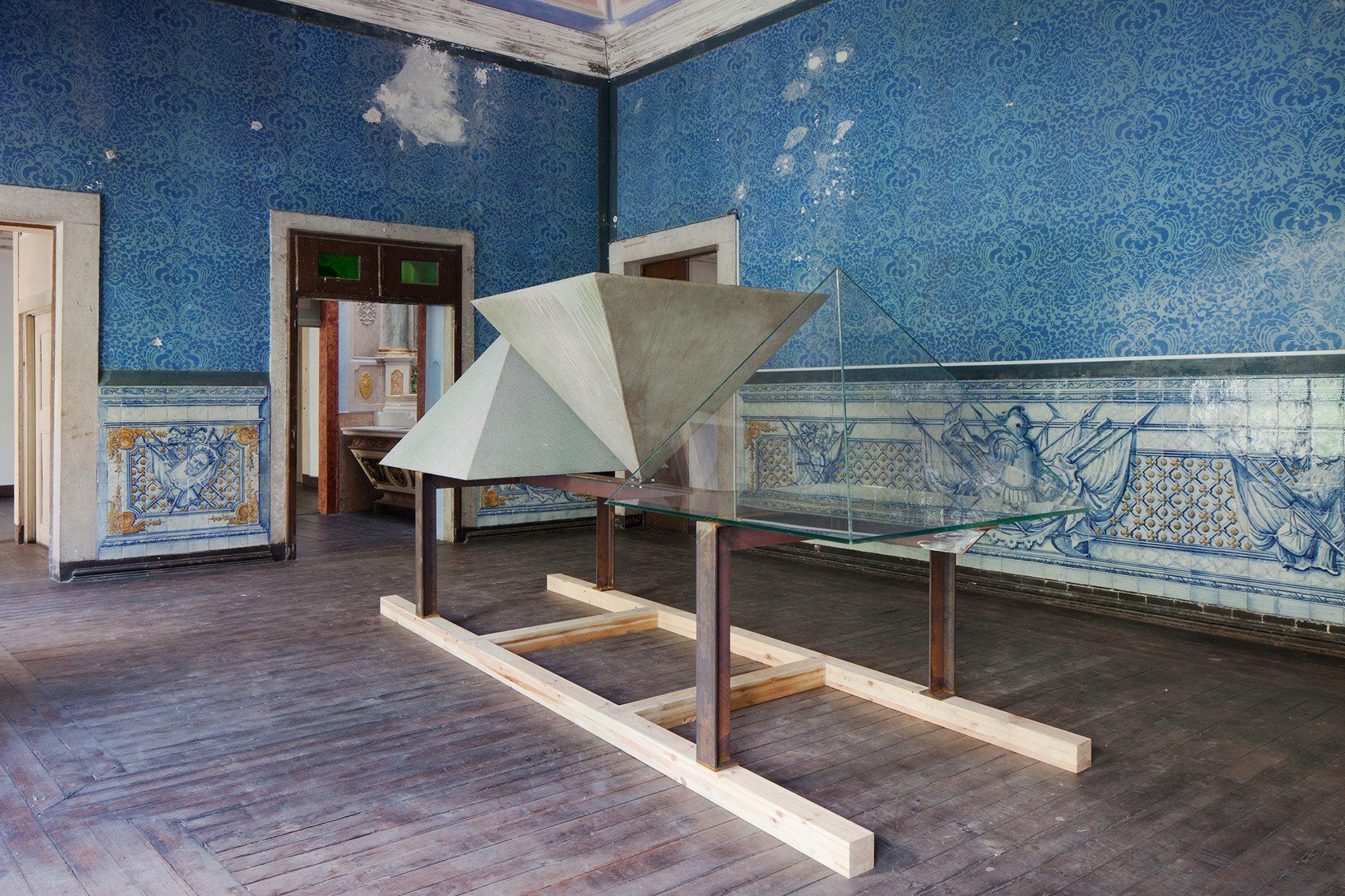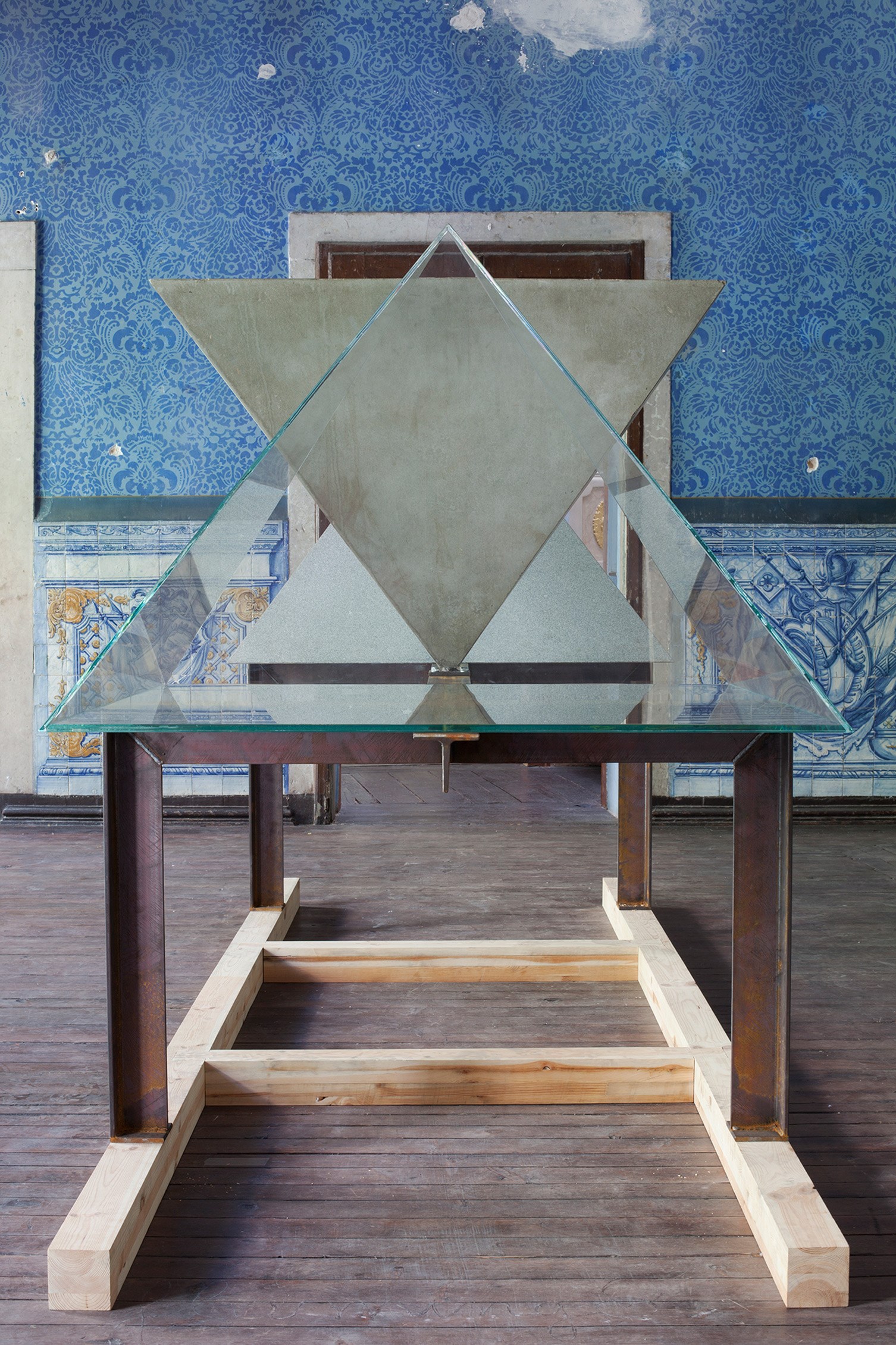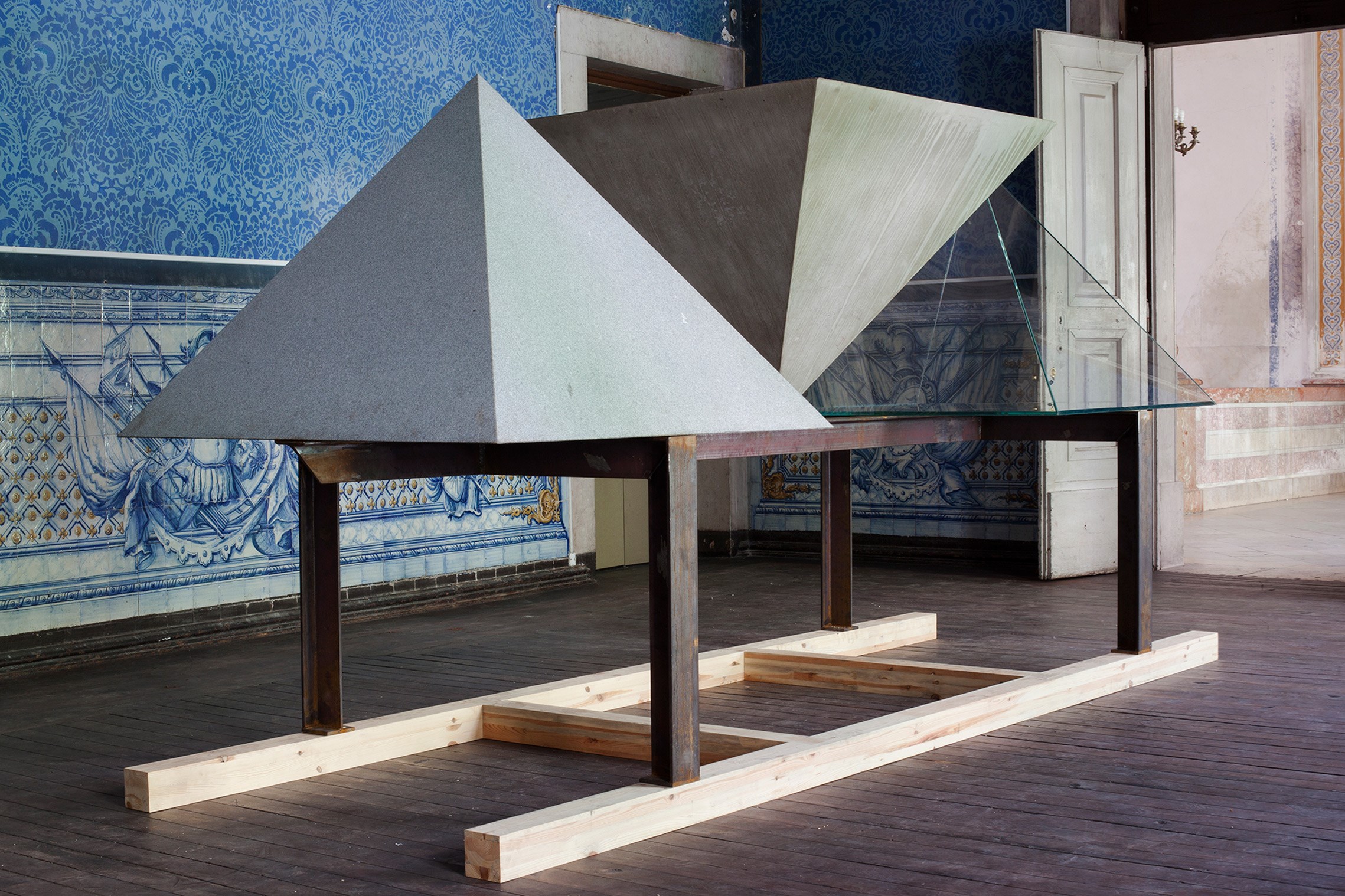ESSAY
The Timelessnessof Form
Architect and curator
"It is not a question of putting poetry at the service of the revolution, but rather of putting revolution at the service of poetry."
Talking about form has become very difficult and arduous. If we separate form and formalism, form is, in our modernist inheritance, the result of a function (form follows function), something taken as secondary or consequential. Practically we know that given the same situation, facing the same program, two architects will find different ways to see the commission and to represent the project, mirroring a diversity inherent to the subjectivity of the creative act. It is a recurring theme to see the same forms respond to completely different programs. Before, if the value of form depended on the function and, previously depended on the stylistic accomplishment dictated by the Beaux-Arts tradition, then nowadays the form seems attached only to the author's autonomy. Apparently free from 'function' or 'style', in contemporary architecture, form is unable to free itself from a certain superficiality, inherent to the condition of 'container' more than 'content'. However, this dichotomy might simply not make sense as: form is the visual perception of content.
This reluctance nowadays to talk about form comes also from the reflux of 'formal speculation' – we choose not to use the term 'formal experimentation' because the word 'speculation' better illustrates our economical interests. The Guggenheim Museum in Bilbao, by Frank Gehry, is perhaps the best example for this speculation. It is a work that, apparently having no limits, managed to gather consensus and an immediate return in developing the city with great media attention. The same does not apply, for now, to the Hamburg Philharmonic designed by Herzog & de Meuron.

We can say that the hesitation to talk about form comes firstly from the economical factor, the cost of formal speculation, that in times of crisis and bigger acknowledgment of inequalities leads us to question (often in a simplistic way) the purpose of 'iconic' architecture (Charles Jencks). In addition, in a landscape dictated by mediatisation, the feeling that form, nowadays, seems to be the resulting product of 'image': the image of power in the first place, sometimes of populism; the image itself, as a vehicle of representation, having a plausibility that seduces us to the extreme of ambiguity between possible and impossible. The impossible might be built, but at a different price.
While dependant on image and mediatisation, form is subjected to a power that is essentially ephemeral, as it is based on the demand for new images and new forms (or the illusion of new forms). The excess of information and the excess of images that nowadays feed social networks is also the excess and the saturation that we give to form in its most eccentric side. It is here that the border between form and formalism, (between essence and appearance) gets diluted. Resistance to this sense of architecture as 'spectacle' (Guy Debord) has moved on from a speech of refusal of form – which we consider a big mistake, at least in the disciplinary scope. This refusal starts by deviating the attention over the architectural object while favouring the processes that lead to its legitimisation. In this way, the 'participative' processes tend, more and more, to impose demagogically and to drag some scorn to the author's project – as if these weren't as well the result of participated processes, at least in the conditioning they find along the way.
Ironically, the same criticism that looks to contradict the formal speculation, actually easily adheres to its opposite – informal speculation. The word 'speculation' is kept because the informality in architecture is simply another form of economical speculation, alongside the same mechanisms of the media spectacle (as an example, we can look at the theme of the last Venice Biennale). Essentially for all that it gave up for an illusion of accessibility to architecture, the informality (and we don't mean 'style') is often linked to a low cost idea, i.e., a devaluation of the work, the exploitation of workers and many times taking responsibility away from the State and its social obligations. The ideology behind low cost is wild capitalism.

However, the most important argument to retain is the idea that form, as disciplinary knowledge, will always have a higher responsibility towards precariousness. Less resources imply a stricter formal rigor and a bigger recognition of the architect's work. In this sense, informality in architecture should only exist spontaneously and as a response to specific needs. Perhaps even from the individual will as an option from the right and freedom that we recognise to each person to design their own home. This, however, cannot be confused with the wider "architecture without architects" taking away the responsibility from the architect's role in designing the form as knowledge.
Another misconception in the criticism made to form and to architect-authors (the same criticism that drove Frank Gehry to show his middle finger) is to give them a bigger responsibility than the one they actually have. Architects have responsibility over the form, which can and should be critical in relation to the commission, but it can't be replaced by political will (in the sense of the art of compromise) that should represent public interest in a democratic country. It is certainly an abstraction that will eventually have some attention.
I will risk a synthesis from "A Triangular History", a piece/installation by Eduardo Souto de Moura for the Sala Azul in Palácio Pombal, designed for the 4th edition of the Lisbon Architecture Triennale, on the theme The Form of Form, that I had the honour to commission. This piece is composed of three pyramids, distant in time and material: the big pyramid of Cheops, in Giza necropolis, built in stone around 2560 BC; the unbuilt inverted concrete pyramid designed in 1954 by Oscar Niemeyer for the Caracas Modern Art Museum and the glass pyramid built by Ming Pei, in 1984, installed in the Louvre Museum in Paris.

Eduardo Souto de Moura is interested in the 'autonomy of form'. Not in the literal sense of 'folie', which could be legitimated, for example, by the Parc de La Villette in Paris, by Bernard Tschumi, but in the figurative search for a 'language' or 'calligraphy' (the difference, Eduardo Souto de Moura says, lies in the ideological conscience). This search can only be written or re-written by the architect. Facing the immensity of History and visual culture, takes on the will (showing more or less humility) to appropriate the form, its re-significance, over its origin and its original content. A 'timelessness of form' is evoked, resisting time, as if it were only an alphabet - Isidore Isou's Lettrism will not fall far from this.
There is, it seems clear, an irony crossing these ideas. It's not different from the irony of considering 'world heritage' a pyramid that could only exist as a consequence to a despotic slavery system. The timelessness of form sits on the same legitimacy, almost apolitical, that allows to see classicism as a representation of the first democracy or the last dictatorship.
For all these reasons, it is difficult to talk about form and even more complex an ambition to understand it as falling between an inheritance from the past and a desire for the future. To be an architect is to have that ambition prescient to the project. We can conclude that among icons and archetypes (in a wide gap between spectacle and banality) there is a dimension to the form that exists beyond the architect. It implies another sense of participation or 'public interest': the timelessness of form will always depend on the collective memory. This scrutiny will always be a critical inwards look into architecture. ◊